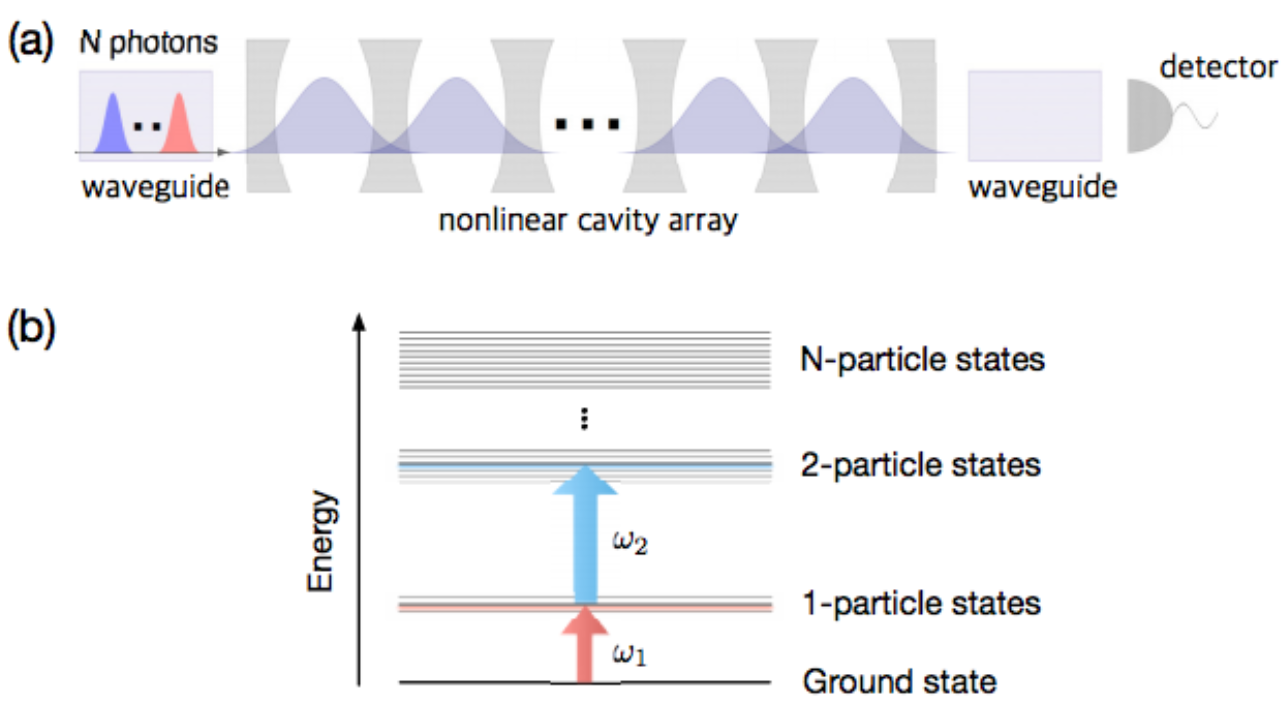
Our comprehensive review on “Quantum Simulations and Many-Body Physics with Light” is out at Reports in Progress in Physics 80, 016401 (2016).
In this review we discuss the works in the area of quantum simulation and many-body physics with light, from the early proposals on equilibrium models to the more recent works in driven dissipative platforms.. We review the major theory results and also briefly outline recent developments in ongoing experimental efforts involving different platforms in circuit QED, photonic crystals and nanophotonic fibers interfaced with cold atoms.


